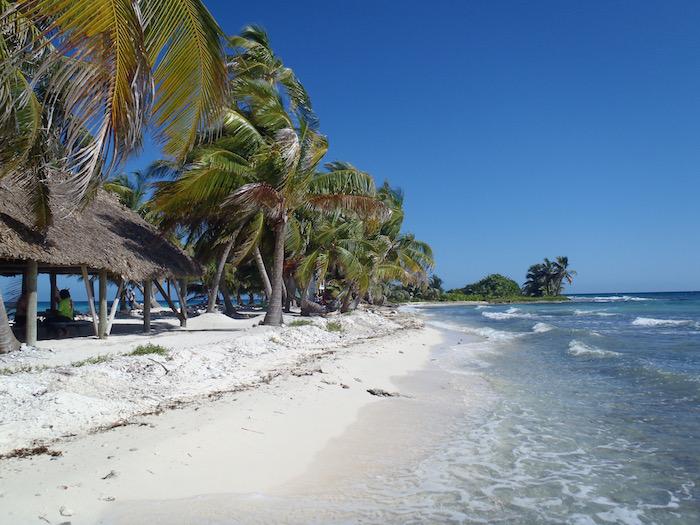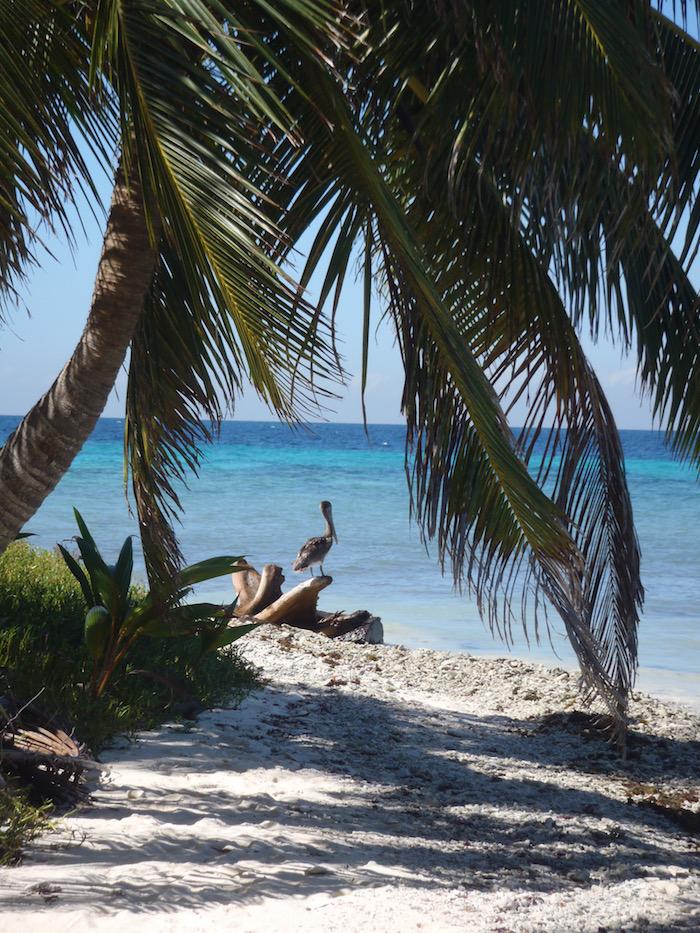
Laughing Bird Caye National Park is part of the Belize Barrier Reef complex that has gained better protection from the country/Kurt Repanshek file
The global national parks movement got some good news earlier this week, when the United Nations Educational, Scientific, and Cultural Organization announced that marine-based parks in Belize that protect colorful coral reefs, sea turtles, and other amazing sea life no longer are under the gloom of being considered a World Heritage Site in Danger.
Good news can be fleeting, particularly when you recall that recently the Democratic Republic of the Congo closed Virunga National Park for the rest of the year, at least, due to murders, kidnappings, and other violence in the park. So it was good to hear that the plight of places like Laughing Bird Caye National Park, Bacalar Chico National Park and Marine Reserve, Blue Hole Natural Monument, Half Moon Caye Natural Monument, and other components of the Belize Barrier Reef Reserve System has improved since the country put in place a moratorium on off-shore oil exploration and strengthened regulations to protect mangrove forests.
According to UNESCO, the Belize Barrier Reef is the largest reef complex in the Atlantic-Caribbean region and is the second-largest reef system in the world. The seven protected areas that are within the Belize Barrier Reef comprise 12 percent of the entire complex.
The unique array of reef types within one self-contained area distinguishes the BBRRS from other reef systems. The site is one of the most pristine reef ecosystems in the Western Hemisphere and was referred to ‘as the most remarkable reef in the West Indies’ by Charles Darwin. Outside of the reef complex the property contains three atolls; Turneffe Island, Lighthouse Reef and Glover’s Reef. The Barrier Reef and atolls exhibit some of the best reef growth in the Caribbean. The reef complex is comprised of approximately 450 sand and mangrove cayes. -- UNESCO
Among the species that rely on the reef system are the West Indian manatee, green turtle, hawksbill turtle, loggerhead turtle, and the American crocodile.
Of course, what remains to be seen is how warming ocean waters impact the reef system. Waters that become too warm lead to coral bleaching, as algal residents of corals die and the corals turn white. In some situations, the corals themselves can die.
Two years ago one of the longest and largest studies of coral reef health ever undertaken found that corals are declining worldwide because a variety of threats -- overfishing, nutrient pollution and pathogenic disease -- that ultimately become deadly in the face of higher ocean temperatures.
The study by marine biologists from Rice University, Oregon State University and other institutions was published in Nature Communications in connection with World Oceans Day, an annual global celebration of Earth's oceans. The findings are based on a continuous three-year experiment to measure how humans impact reef health. Data from the experiment on reefs in the Florida Keys suggests that widespread coral deaths, including the ongoing global bleaching event that affected 90 percent of the Great Barrier Reef this year, are being caused by a combination of multiple local stressors and global warming.

Pelicans are among the species that rely on the health of the Belize Barrier Reef Reserve System/Kurt Repanshek file



Add comment